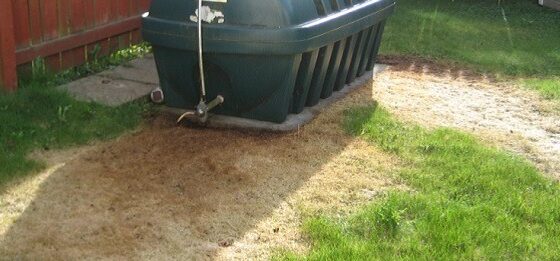Courtesy of our friends at JLT Insurance (plagiarism at it’s best…!) we bring you a great insight to who carries the can for contaminated land…
“Many landlords do not believe they have a significant exposure to Environmental Liability. Whilst responsibility for environmental damage/pollution can be mitigated through tenants’ leases, landlords could well find themselves as the responsible party to deal with contamination arising from a former use of the site (in the absence of the original polluter). Any contractual provisions passing responsibility for pollution/environmental damage caused now and in the future are only as good as the tenant’s ability to pay for the loss.
A number of Real Estate clients already purchase Environmental Liability insurance – a trend that is starting to gather momentum as the true exposures are better understood.
Stephen Shergold from Dentons dispels some of the myths surrounding landlord liability for pre-existing contamination under the contaminated land regime (CLR).
1: Caveat Emptor
Under the CLR, polluters or those with knowledge of contamination can remain liable for remediation even after they sell a property or grant a long lease. To pass responsibility specific steps must be taken to exclude a seller from liability. One of the ways this can be done is by the successful application of the sold with information test. A seller/landlord can take steps to trigger this exclusion test by either providing sufficient information on the presence of the contamination, or where both parties are large commercial organisations, giving the buyer/tenant (of more than 21 years) sufficient opportunity to carry out its own investigations.
There are limitations to the effectiveness of these steps, so specific advice should be obtained.
2: Ignorance is bliss
Liability under the CLR primarily arises for a ‘causer or knowing permitter’ of the presence of contamination, but owners and occupiers can find themselves liable for historic contamination where no causer or knowing permitter of the contamination can be found even if they were not aware of its presence or did not cause it to be present. But consider also that causation can involve missions as well as acts, as illustrated in the Sandridge case. It was established that Crest Nicholson ‘caused’ contaminants (including substances about which they had no knowledge) to be present in groundwater by removing the concrete hardstanding of a former chemical works which opened up the underlying soil to leaching by rainwater for over two years.
3: The polluter pays
Even if the polluter is still around, he can avoid paying for historic contamination liabilities under the CLR by transferring liability by way of an agreement on liabilities and/or by meeting one or more of the six exclusion tests which seek to transfer liability from the original polluter to those currently in control of the land (excluded activities, payment for remediation, and sold with information being the three most commonly referred to). The enforcing authority should give effect to any allocation of liability between two or more persons. However, if a party ceases to exist or falls under the CLR’s hardship provisions, the enforcing authority will not be able to give effect to the agreement, and an exclusion test will not be applied by an enforcing authority where it has the effect of leaving no one in a liability group.
4: Meeting planning requirements discharges future liability
Residual liabilities may arise because site investigations and remedial strategies cannot guarantee that every pocket of contamination will be remediated or secured so that it does not migrate or get released at some point in the future. Another risk factor is changes in standards or legal requirements – caselaw makes it clear that if scientific standards or legal requirements either bring previously thought of as harmless substances into the regulatory regime, or otherwise lower acceptable limits of exposure to humans and the environment, compliance with planning permission for a development is no defence to any future regulatory requirement to undertake further remediation work.
5: Landlords are excluded from liability
Where no causer or knowing permitter can be found, landlords only have limited protection that will exclude them from liability. If the harm is being caused solely to a watercourse, landlords may benefit from a statutory exemption. Further, granting a lease to a tenant who causes or knowingly permits contamination can constitute an “excluded activity” for the purposes of the CLR. However, neither position will have the effect of excluding a landlord from all historic liability. In particular, enforcing authorities will not hold certain tenants (e.g. rack rent leases) or licensees of land liable under the CLR, so where no causers or knowing permitters can be found the landowner will remain liable.
6: The regulator will (successfully) attack the deep pocket
It is often feared that the regulator will simply attack the deep pocket when remediation is required. This is not the case under the CLR as there are certain safeguards in place to preclude such an approach. In particular, liability is proportionate; it is attributed to responsible parties on the basis of culpability and not financial resources. The regulator is directed under guidance to disregard the financial position of potentially responsible parties when determining who should be liable to pay for remediation.
7: Standard covenants provide protection against liability
Landlords should not assume that standard covenants, such as compliance with law, are sufficient to place responsibility on the tenant for historic contamination. Such covenants would be interpreted on a case by case basis and have not been tested by the courts in this context. Landlords should be cautious about relying on general covenants especially if they were drafted prior to the introduction of the CLR in April 2000.”
Article reproduced by kind permission of Stephen Shergold, Dentons, c/o The JLT Group
To find out more about EIL, take a look at JLT’s brochure







Leave a Reply